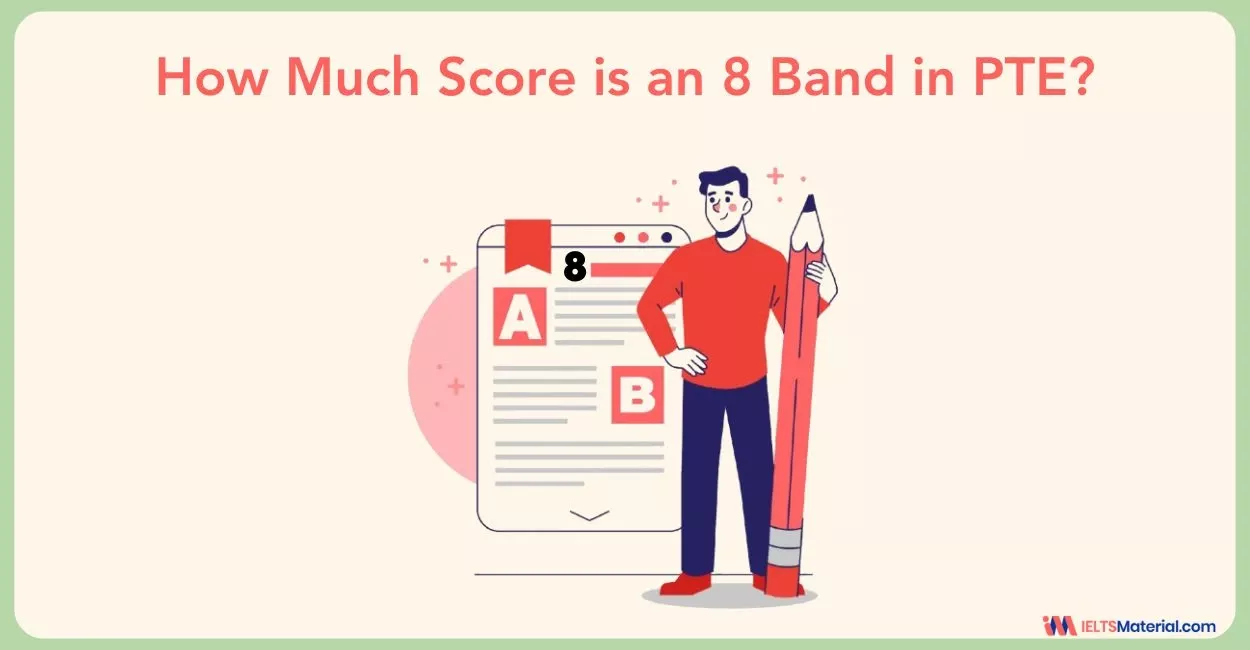PTE Exam: Everything You Need to Know About It
-
Copy link

Limited-Time Offer : Access a FREE 10-Day IELTS Study Plan!
“Planning to study or migrate abroad? Master the PTE exam with our complete guide! Learn about test types, format, scoring, global acceptance & how to register. The Pearson Test of English or simply PTE is a standardized test taken to assess an individual’s competency in the English language when they plan on moving to a major English-speaking country.“
Thinking of studying, working, or settling in an English-speaking country? Whether it’s for academic, career, or personal reasons, one major step stands in your way—proving your English proficiency. The PTE (Pearson Test of English) helps you do just that.
What is the PTE Exam?
The PTE Academic is a standardized, computer-based English language test conducted by the Pearson PLC Group. It evaluates a candidate’s reading, writing, listening, and speaking skills—all essential for academic or professional success in an English-speaking environment. Universities, employers, and governments widely accept the PTE in countries such as Australia, the United Kingdom, New Zealand, Canada, and the United States.
Quick Facts About PTE
Here are some quick facts on the PTE exam:
| Particulars | Details |
|---|---|
| Exam Name | PTE or Pearson Test of English |
| Official Website | https://pearsonpte.com/ |
| Conducting body | Pearson PLC Group |
| Popular Use | English language proficiency test |
| Accepted by | Educational Institutes in the UK, Australia, and New Zealand |
| Mode of Examination | Online |
| Exam Types | PTE Academic and PTE Academic UKVI |
| Exam Fee | INR 13,700 approx. |
| Skills Tested | Speaking, Writing, Listening and Reading |
Types of PTE Academic Assessments
The PTE Academic assessment comes with two variants depending upon the nation one wants to march towards. The two types of the PTE are:
- PTE Academic Exam
- PTE Academic UKVI
PTE Academic Exam
The PTE Academic exam evaluates your English communication skills and its tasks are strategically structured across all the parameters of communication, i.e., Listening & Speaking, Writing and Reading. The scores of the PTE Academic exam are accepted in various countries across the world and in a plethora of universities. Some countries even accept the scores for the visa purposes, such as Australia, New Zealand, etc.
PTE Academic UKVI
The PTE Academic UKVI and the PTE UK VISA and Immigration are specifically for individuals looking forward to living, working, or studying in the UK. Hence, it is a Secure English Language Test (SELT) for you in case you fall under any of the aforementioned categories. Essentially, there is a minor difference between the PTE Academic and the PTE UKVI. The PTE UKVI has comparatively fewer test centres as compared to the PTE Academic exam.
Who Should Take the PTE Exam?
You should consider taking the PTE if you:
- Plan to study abroad in an English-speaking country
- Are applying for a work visa or permanent residency
- Need to prove English proficiency for professional registration
- Prefer a fully computer-based test with AI-based scoring
- Need quick test results (within 48 hours)
PTE is ideal for students and professionals looking for a fast, fair, and convenient alternative to traditional English exams.
PTE Exam Format
The PTE is a computer-based test that assesses various aspects of an individual’s aptitude in the English language. The test is two hours long and consists of three parts: the Reading section, the Listening section and the combined Speaking and Writing section. There are 20 question types divided into these three sections. The type of questions ranges from multiple-choice questions to essay writing.
A candidate’s performance in the PTE exam is evaluated using sophisticated algorithms based on thousands upon thousands of real test responses helping the authorities to mark every single test consistently, accurately and fairly.
Given below are the types of questions included in each of the three parts of the PTE exam:
| PTE Sections | Question Types |
|---|---|
| Speaking and Writing |
|
| Reading |
|
| Listening |
|
PTE Scoring System
PTE uses an automated scoring algorithm based on artificial intelligence. Scores range from 10 to 90 points in each of the four skills:
| Skill | Score Range |
|---|---|
| Speaking | 10–90 |
| Writing | 10–90 |
| Reading | 10–90 |
| Listening | 10–90 |
| Overall Score | 10–90 (average of all) |
Scores are benchmarked against the Common European Framework of Reference (CEFR) levels.
Important Points to Remember about PTE
- The test duration was reduced from 3 hours to 2 hours as of November 16, 2021.
- Fast results—available within 48 hours of completing the test.
- PTE Academic Online is available for students who cannot attend in-person testing. Note: It is only valid for study applications.
- The scoring is automated and AI-based, ensuring consistency and fairness.
- The PTE uses global English standards rather than region-specific variants (e.g., British or American English).
- It’s often considered less stressful than other proficiency exams like IELTS or TOEFL.
Global Acceptance of PTE Academic
The PTE Academic is accepted by 3,000+ educational institutions worldwide, including prestigious names such as:
- Oxford University
- Harvard Business School
- Macquarie University
It is also recognized for visa and immigration purposes by:
- UK Home Office
- Australian Department of Home Affairs
- New Zealand Immigration Authorities
PTE is ideal for international students, skilled workers, and anyone applying for a study visa, work visa, or permanent residency in major English-speaking countries. If you're looking for a flexible, fast, and globally recognized English proficiency test, the PTE Academic is an excellent choice. With quick results, wide acceptance, and a user-friendly format, it is ideal for students, professionals, and migrants alike.
Access practice tests, expert guidance, & live coaching sessions with certified PTE trainers. Join our PTE online classes now!
Other PTE Exam Related Articles
Recent Articles

Kasturika Samanta

Kasturika Samanta

Kasturika Samanta



